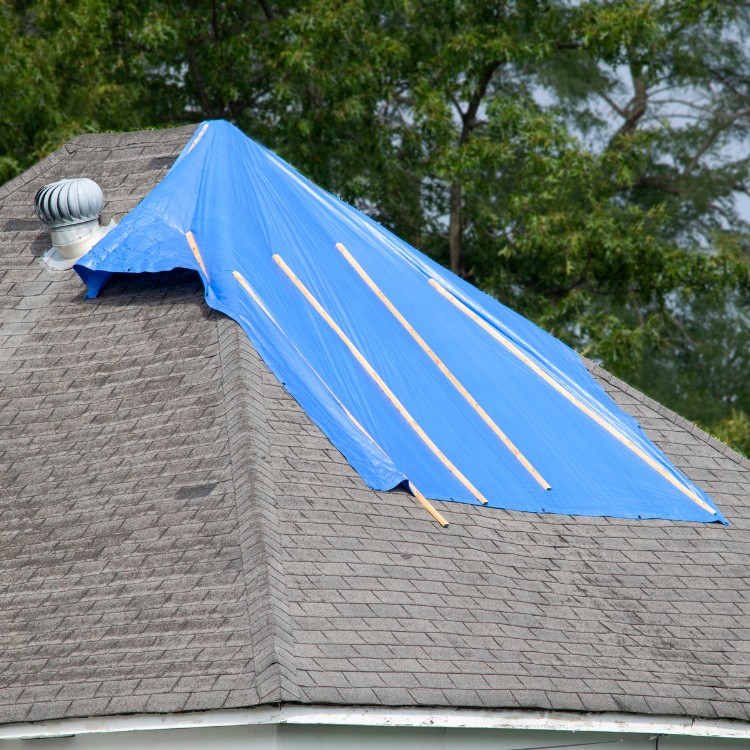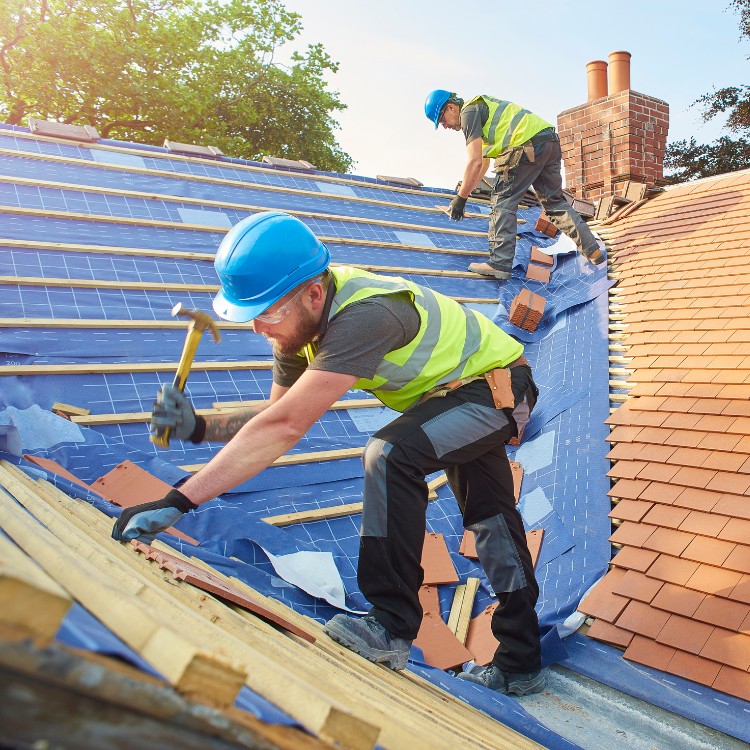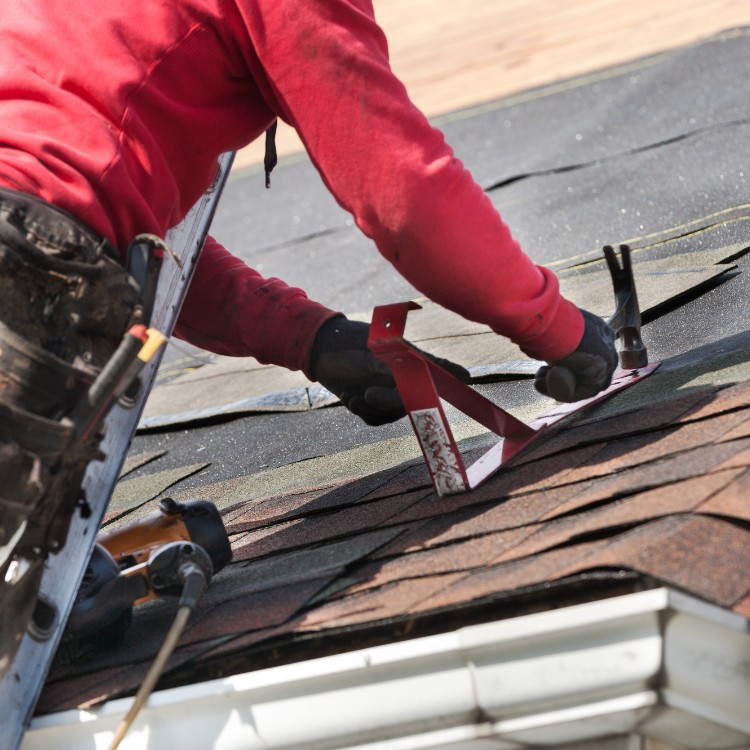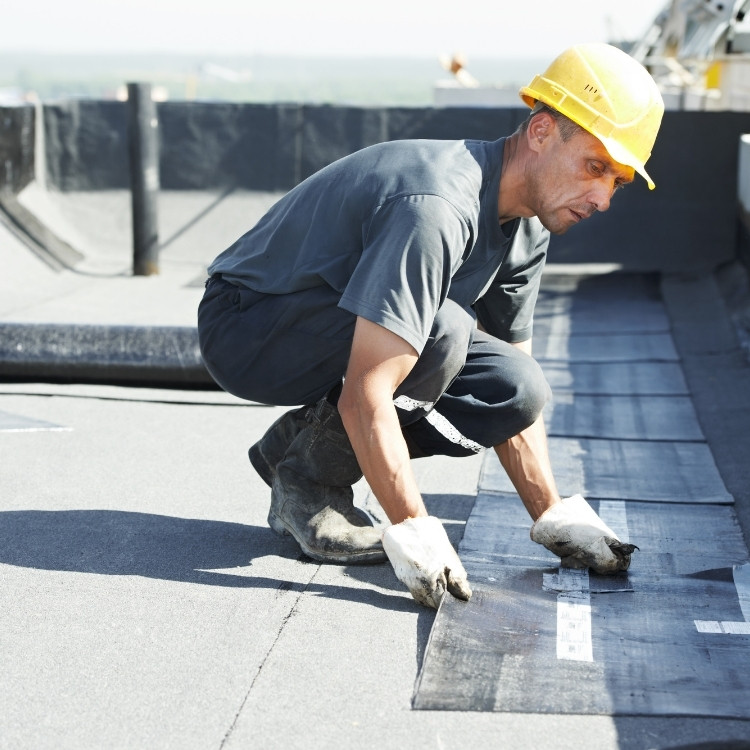Call for tarping after severe wind, hail, fallen branches, missing shingles or tiles, visible daylight through decking, ceiling drips, or sagging drywall. The first 24–48 hours are critical to reduce the risk of mold, staining, and structural swelling. Avoid climbing the roof; hidden hazards and slick surfaces can be dangerous—let trained professionals handle it.
Before our crew arrives, protect the interior by moving valuables, placing containers under active drips, and covering belongings with plastic sheeting. If water is near electrical fixtures, safely shut off the affected circuit. Take photos and keep receipts for any emergency purchases; these steps are often helpful for insurance claims.
Most emergency tarping projects take 1–3 hours depending on roof size and accessibility. For complex situations, we can deploy multiple tarp sections or shrink-wrap solutions on low-slope areas. After stabilization, we schedule a thorough inspection, provide a repair or replacement plan with a clear scope and estimate, coordinate with your insurer when requested, and offer workmanship assurances for the tarp installation period.






